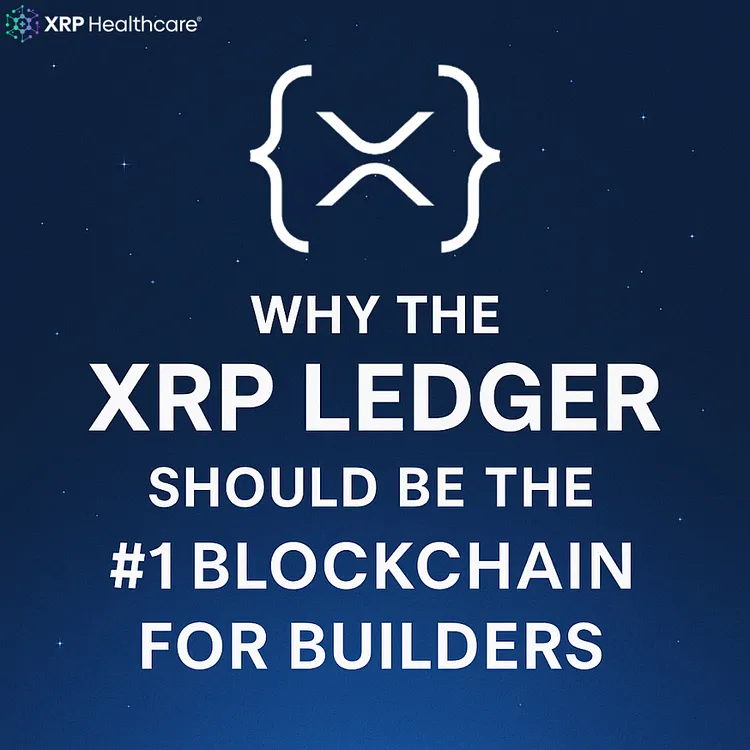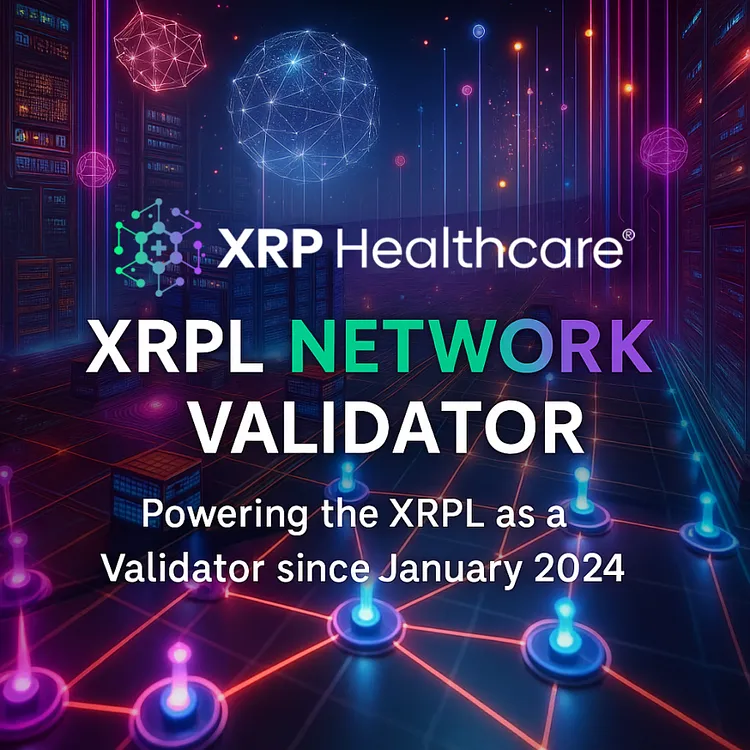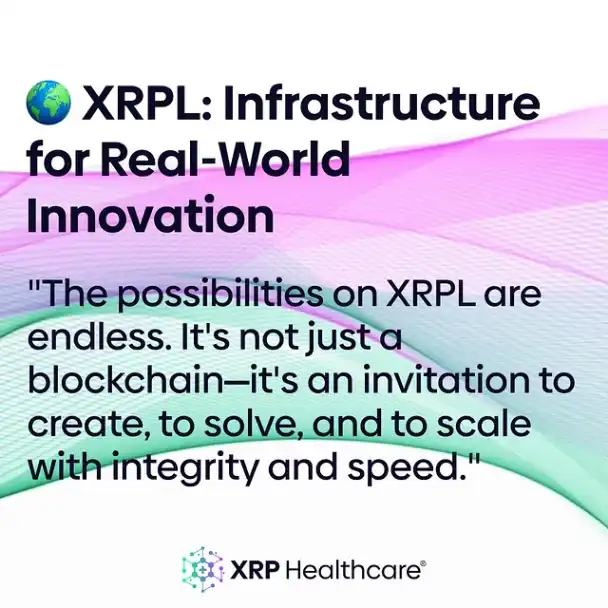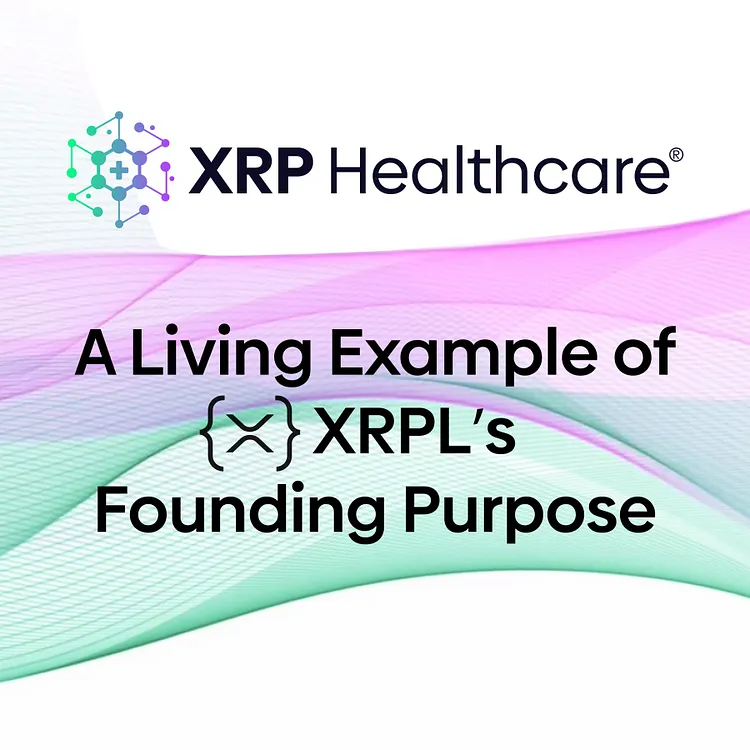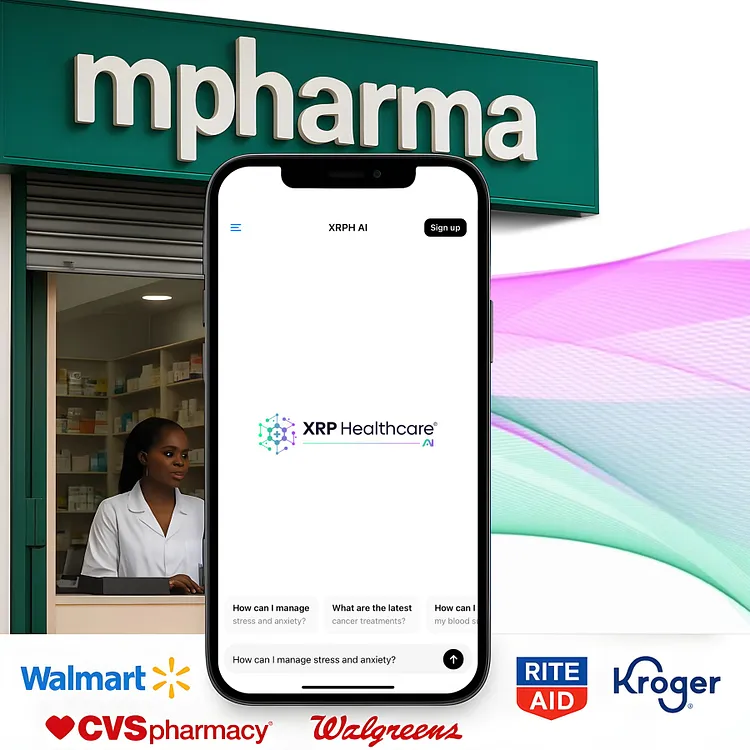Today’s blockchain space is overflowing with high gas fees, unreliable chains, and ecosystems driven more by speculation than substance. It’s no wonder developers are asking a smarter question:
“Which blockchain can I actually trust to build something real—and lasting?”
For those who’ve done their homework, the answer isn’t the latest Layer 2 fad. It’s not the most heavily funded protocol either.
It’s the XRP Ledger (XRPL)—a battle-tested, production-grade Layer 1 that’s been quietly powering real-world use cases for over a decade.
XRPL: Built for Builders, Not Buzz
Launched in 2012 by Ripple’s founders, XRPL wasn’t designed to chase hype. It was engineered for one thing: utility. And that’s exactly what makes it stand out in 2025.
1. Speed That Just Works
-
Transaction finality: 3–5 seconds
-
Instant settlement: No rollbacks or long confirmation times
-
Scalable throughput: ~1,500 TPS and ready for more
Compare that to Ethereum’s ~15 TPS or Bitcoin’s ~7. XRPL has always been enterprise-fast.
2. Consistently Low Fees
-
Average cost per transaction: ~$0.0002
-
Built for cost stability and predictability
Perfect for micropayments, tokenized health services, remittances, and other high-volume use cases—without punishing users.
3. 10+ Years of Zero Downtime
-
No major exploits. No hacks. No downtime since 2012
-
Federated consensus model: Energy efficient and avoids centralization risks
If you’re building in healthcare, supply chain, finance, or public infrastructure, reliability isn’t optional—it’s mission-critical. XRPL delivers.
4. Built-In Features That Save Time
Most chains force you to recreate core functions with complex smart contracts. XRPL offers a different approach:
-
Native decentralized exchange (DEX)
-
Token issuance (stablecoins, IOUs, loyalty points)
-
Escrow, time-locks, and multi-signature support
-
Payment channels for streaming or high-frequency payments
That’s the backbone of most real-world dApps—ready to go, right out of the box.
5. Smart Contracts? Coming in Two Powerful Forms
XRPL doesn’t yet have native Turing-complete smart contracts—but two solutions are unlocking that potential:
-
Hooks (Coming Soon): Lightweight smart logic directly at the protocol level
-
EVM-Compatible Sidechains: Run Solidity-based contracts with assets bridgeable to the XRPL core for speed and cost-efficiency
Translation: If you need smart contracts, XRPL won’t hold you back.
6. Real Adoption Is Already Happening
XRP Healthcare is a prime example:
-
Launched in 2022, now with pharmacies and health services in Uganda
-
AI-powered health assistant app launched globally
-
U.S. prescription savings card accepted at 68,000+ locations
-
Public listing planned on TSX-V in Q3 2025
-
Powered by the XRPH token—built on XRPL
And that’s just one use case. XRPL is also enabling:
-
Tokenized real estate
-
Stablecoins like Stably USD
-
Carbon credit platforms
-
CBDC pilots with governments
-
Music rights, NFTs, and micro-royalty solutions
Why Developers Are Taking XRPL Seriously in 2025
-
Ripple’s legal clarity in the U.S. (2023) has reignited institutional and developer interest
-
XRPL’s long-term vision and resilience stand in stark contrast to chains that have forked, failed, or flamed out
-
It’s attracting builders in fintech, public services, and RWA tokenization—not just speculators
A Final Word: Build on What Lasts
“We’re walking through doors XRPL made possible—not just for profit, but to build systems that make life better for millions.”
— Kain Roomes, CEO, XRP Healthcare
“XRPL isn’t just a blockchain—it’s an invitation to build, to innovate, and to scale with purpose.”
— Laban Roomes, COO, XRP Healthcare
If you’re serious about creating meaningful applications for real people, XRPL is the foundation you’ve been looking for.
Ready to Build?
-
Explore XRPL.org
-
Apply for XRPL Grants
-
Follow @RippleXDev for the latest tools and updates
Forget the noise. Build something that lasts.

